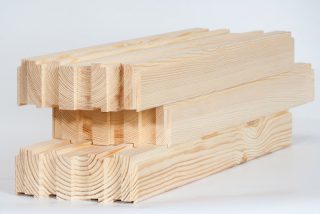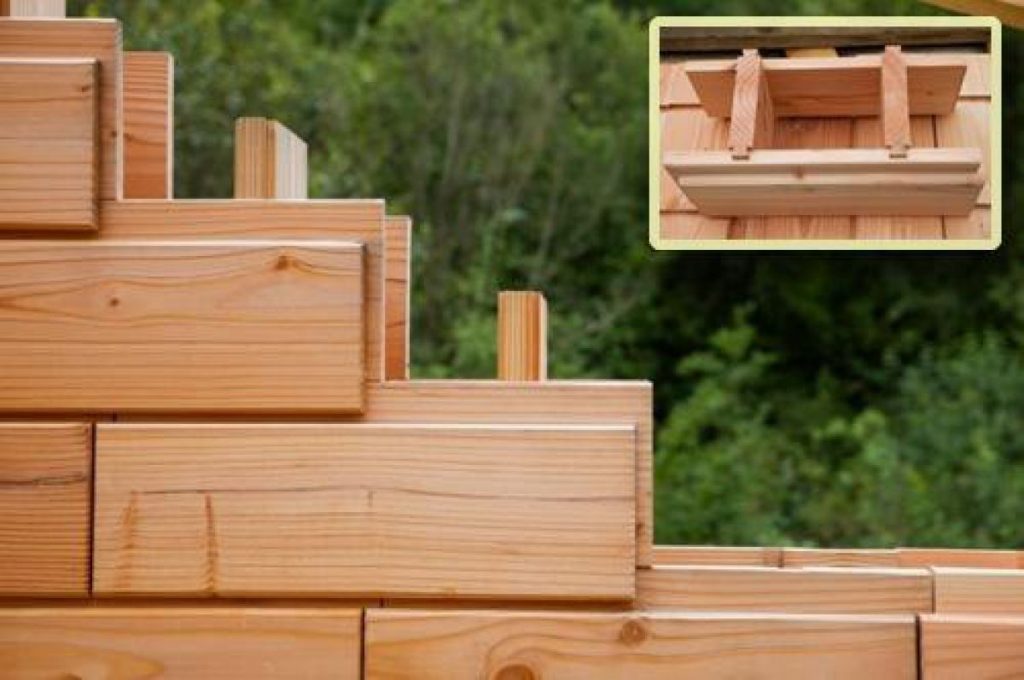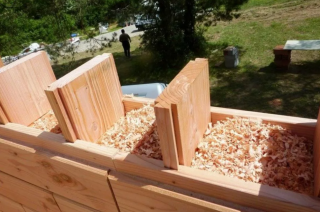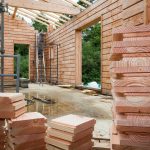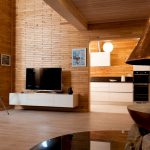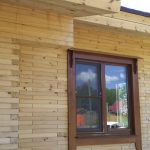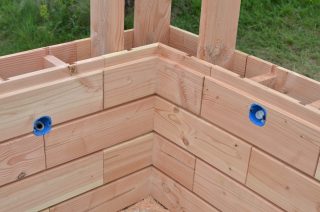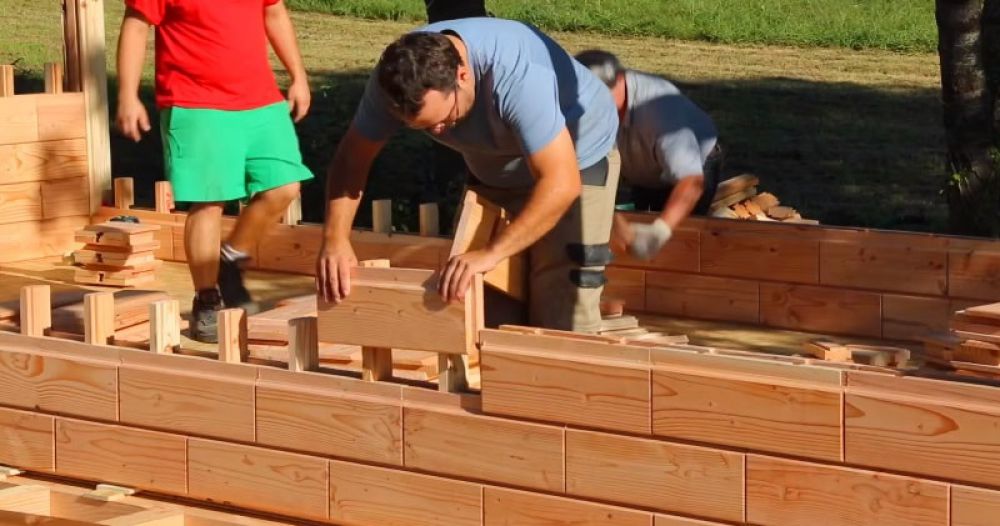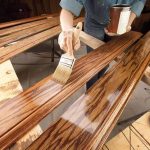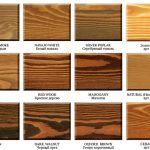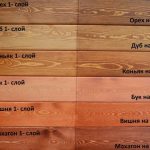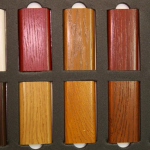Wooden blocks in the shape of bricks allow you to build buildings using an industrial method using natural materials. Rectangular lumber is made from pine, cedar, larch, spruce. Wooden bricks as a material for masonry have recently appeared on the construction market, but have already become popular among developers.
Description of wood bricks
Produce elements from wood, use dry edged timber with a moisture content of not more than 12%... There are manufacturing options from production woodworking residues, which reduces the cost of raw materials and the products themselves. Such artificial bars are used astringent organic resins.
Sizes of bars vary:
- common length - 315 - 950 mm;
- average width - 190 mm;
- height - in the range of 68 - 150 mm.
In the process of manufacturing lumber is dried, then sawn, mechanically processed, polished. As a result, the front and side edges of the elements are brought to perfection. Wooden bricks for construction installed in the wall without glue, sealant, surfaces can be left untreated in order to obtain an attractive interior on the inside and exterior on the outside.
The details of the masonry are joined by means of locking joints, the accuracy of which makes it possible to obtain strong and stable structures. Seals are not placed between them, since tightly fitted borders do not allow moisture and wind to pass through. The surface finish of the element can be compared to furniture treatment options, which differ in the natural wood color and decorative texture.
Advantages and disadvantages
Brick imitation buildings hardly sits down during the first year after construction and in subsequent periods. In this they differ from wooden log cabins from a bar. The dried material will not change its shape, set during the production process. Small-sized wooden stones dry faster than long-sized logs, bars, there is no tension inside them that would lead to destruction.
The material has been little studied, therefore there are certain doubts about the strength of structures over time, it is not known how the compounds will behave without a solution in 20-50 years. There are questions about thermal insulation, because the wall is only 19 cm thick.
Using wooden bricks to build a house
Wooden blocks in the form of bricks with grooves are used for construction structures in residential and public buildings:
- solid and glazed partitions inside the building;
- external vertical surfaces;
- load-bearing walls;
- fences of baths, saunas.
Due to the internal gap between the two parts of the wall, its thickness can be increased or decreased, while the material consumption remains the same. The outer and inner parts are connected with spacers with profiled endsso that the surfaces do not diverge during operation.
Universal elements allow you to build a house of any architectural layout, they go well with other materials, for example, red and silicate bricks, stone, concrete, tiles. Protruding bay windows, balconies, attic buildings are easily added to the structure of the house. There are options for using wooden bricks for arranging a fence, fences, gazebos, arches.
DIY wall construction rules
Block stacking technology:
- brick is laid strictly by the ranks, in the process, they control the horizontalness of the tiers, the verticality, the rectangularity of the corner joints;
- wood bricks set edge-locked, on the contrary, you cannot place;
- through three rows do cross-links between adjacent parts of one wall;
- in masonry use well dried elements;
- the foundation is covered with waterproofing, a guide bar is attached to it, and only the first row of wood bricks is placed on top;
- bricks are used in the corners so that vertical channelwhere the standing bar is driven along the height of the walls.
If, as a result of transportation and storage, the bricks are saturated with moisture, then such parts are not used, they must be dried in natural conditions. The need to reduce humidity is caused by the danger that such blocks will lead in the wall, and it will not be possible to install windows, door blocks.
There are individual elements that are presented in size in the form of halvesto complete a corner or vertical near the door and window frames. Provided elements to complete the top row... Window and door frames are also provided with grooves and ridges for joining with wall elements. They represent a kind little wiggles, into which bindings with double-glazed windows are then inserted.
Self-made material
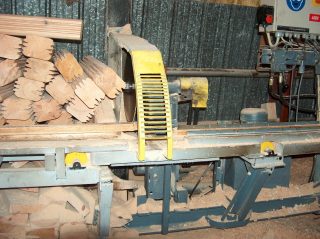
Professional manufacturers and builders doubt the possibility of organizing production in the yard of their own home. To make such bricks, high-tech equipment is required. The complex should include a production line with several machines for grinding and milling surfaces.
Others manufacturing process difficulties at home:
- required withstand the moisture content of the wood without change at all stages of production, constant percentage at the level 12% save in artisanal conditions is unrealistic;
- you need to buy raw materials, quality whom must strictly comply with a whole list of requirements;
- need to ensure precise adjustment of grooves and ridges on the sides of bricks;
- on the front surface in the process of grinding, you need to apply decorative patterns, develop texture, treat planes with impregnations, antiseptics, fire retardants.
If we talk about building a house, it will be cheaper to purchase ready-made high-quality elements made in the factory than to organize such a production line in the yard. Homemade bricks from wood can no longer be installed without glue and sealant. The joints will need to be coated, sealed with polyurethane foam, fastened with hardware, and this is a different technology.
Wall surface finishing
After installation, a smooth wall is obtained, which does not require additional decorative finishing... But experts advise using wax based impregnation.
The category of decorative and protective preparations from this series includes:
- impregnating paint and varnish substances;
- stains;
- oil waxes;
- drying oils.
Some drugs combine several qualities. For example, a product based on linseed oil with the inclusion of wax, organic resins simultaneously protects against moisture, microorganisms, and decorates the wall.
Most impregnations are water-based and also use organic solvents. The funds penetrate deeply inside, spread between the wood fibers.
Decorative and protective preparations increase the attractiveness of fences, but at the same time increase the risk of fire.
Water-soluble products do not smell unlike alkyd impregnations. Paints and varnishes additionally protect wooden surfaces from parasites, bugs. Colored products emphasize the woody texture, ennoble the wall. Eventually tinted pine looks like expensive mountain ash or mahogany... Light-colored material can be given a dark shade, and vice versa.
Wax materials with the use of husky colors, green and white tints look interesting. Impregnations are not paints in the literal sense, they only emphasize the shade, but do not give a bright film. Products based on oils and waxes give a shine, highlight the natural beauty of wood.

